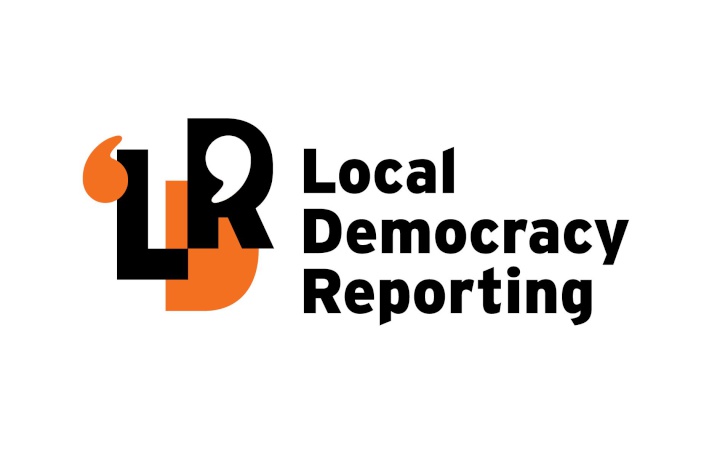The future of a seaside Tasman village is at stake with a comprehensive masterplan for Māpua’s growth currently out for consultation.
The masterplan combines several different council plans and processes into one cohesive document that proposes a vision for Māpua’s development.
It outlines new residential and commercial zones in Seaton Valley and off Higgs Road to cater to hundreds of additional future households, increases acknowledgement of the area’s cultural significance to tangata whenua, plans for transport and three waters infrastructure upgrades to meet the needs of the growing community, while also aiming to improve open spaces, the local environment, and future-proofing for climate change.
Māpua and Districts Community Association chair, Paul McIntosh, hoped that bringing all those plans together will result in “good growth being planned well”.
“I do believe that having all the pertinent information in front of our council and councillors will result in better decision-making, and I think the same thing should be said for our community.”
McIntosh said there were a range of views in Māpua about the extent of growth proposed for the village, “but what we can't deny is it is a desirable place to live.”
With Tasman’s ageing population and an unaffordable housing market, he suggested that a wider range of housing, specifically more smaller homes or “maybe even townhouse-style houses” would make it easier for young and older people to stay in the community.
Residents generally agreed that it was important that infrastructure and services kept up with the rate of growth, that commercial areas were not decentralised, and connectivity through footpaths and greenspaces was maintained.
Locals also had a strong desire to ensure that Māpua retained “the look and feel of the village”.
However, because “your view of what the look and feel is may be different”, McIntosh urged residents to have their say on the masterplan.
Consultation closes at 5pm on Sunday 16 February and is the “last opportunity” for people to have their say on the wide-ranging plan.
The more people that submitted, the more informed the council would be to increase the likelihood that the final masterplan was “fit for purpose for our community,” McIntosh said.
“With the 2500 people in this greater community, if we get 10 per cent of that submitting, I think we will have done very well.”
While many submitters might focus on the aspects of the masterplan they disliked, McIntish also encouraged people to also highlight what they liked about the proposal.
“If the council only hear what we don't like, then there’s a risk that they're not aware of what we like and some of that may be maybe lost.”
Though the masterplan is not a binding council document, McIntosh hoped that having a finalised plan supported by the community would also provide a reference to ensure that future growth was in line with the wants and expectations of locals.
“We want to get it right, but we want to get it written and put in place so that there is something that our councillors can require developers to adhere to or refer to.”
Copies of the masterplan and submission forms can be found at the Māpua Community Hall and Library, in addition to the council’s libraries and service centres, and on its website.
Local Democracy Reporting is local body journalism co-funded by RNZ and NZ On Air



 Gordon Campbell: On Surviving Trump’s Trip To La La Land
Gordon Campbell: On Surviving Trump’s Trip To La La Land Green Party: Wildlife Law Change A Deep Betrayal Of Public Trust
Green Party: Wildlife Law Change A Deep Betrayal Of Public Trust NZCTU: Unions Launch Petition To Protect Pay Equity
NZCTU: Unions Launch Petition To Protect Pay Equity Greenpeace: Greenpeace Slams PM’s Science Pick - 'Polluters Are Running The Show'
Greenpeace: Greenpeace Slams PM’s Science Pick - 'Polluters Are Running The Show' NZ Government: PM’s Science Prizes Celebrate Excellence
NZ Government: PM’s Science Prizes Celebrate Excellence Department of Conservation: Pinnacles Hut, Summit Track Set For Improvement
Department of Conservation: Pinnacles Hut, Summit Track Set For Improvement  Tax Justice Aotearoa: New Report Illustrates Tax System Failures
Tax Justice Aotearoa: New Report Illustrates Tax System Failures


